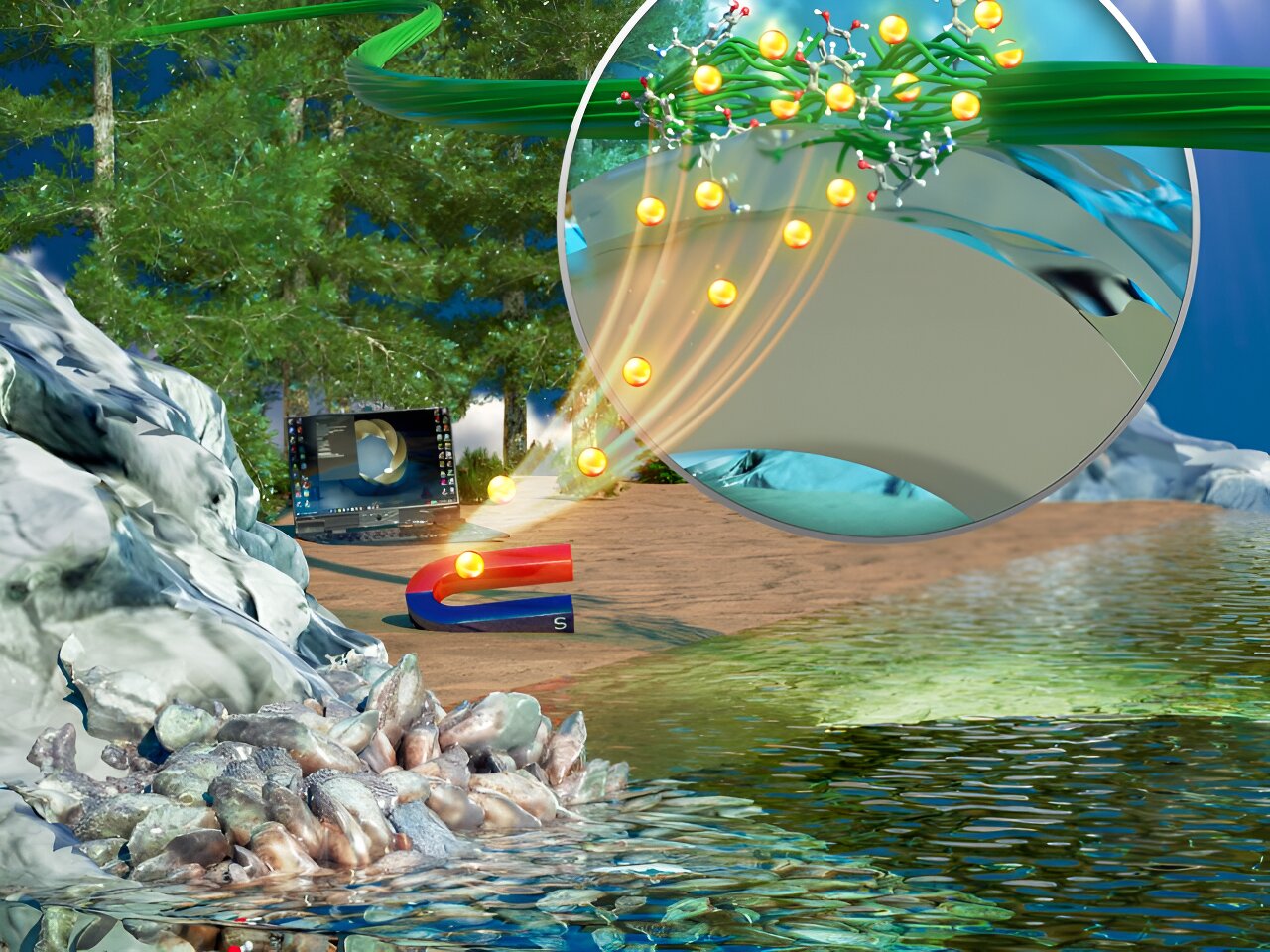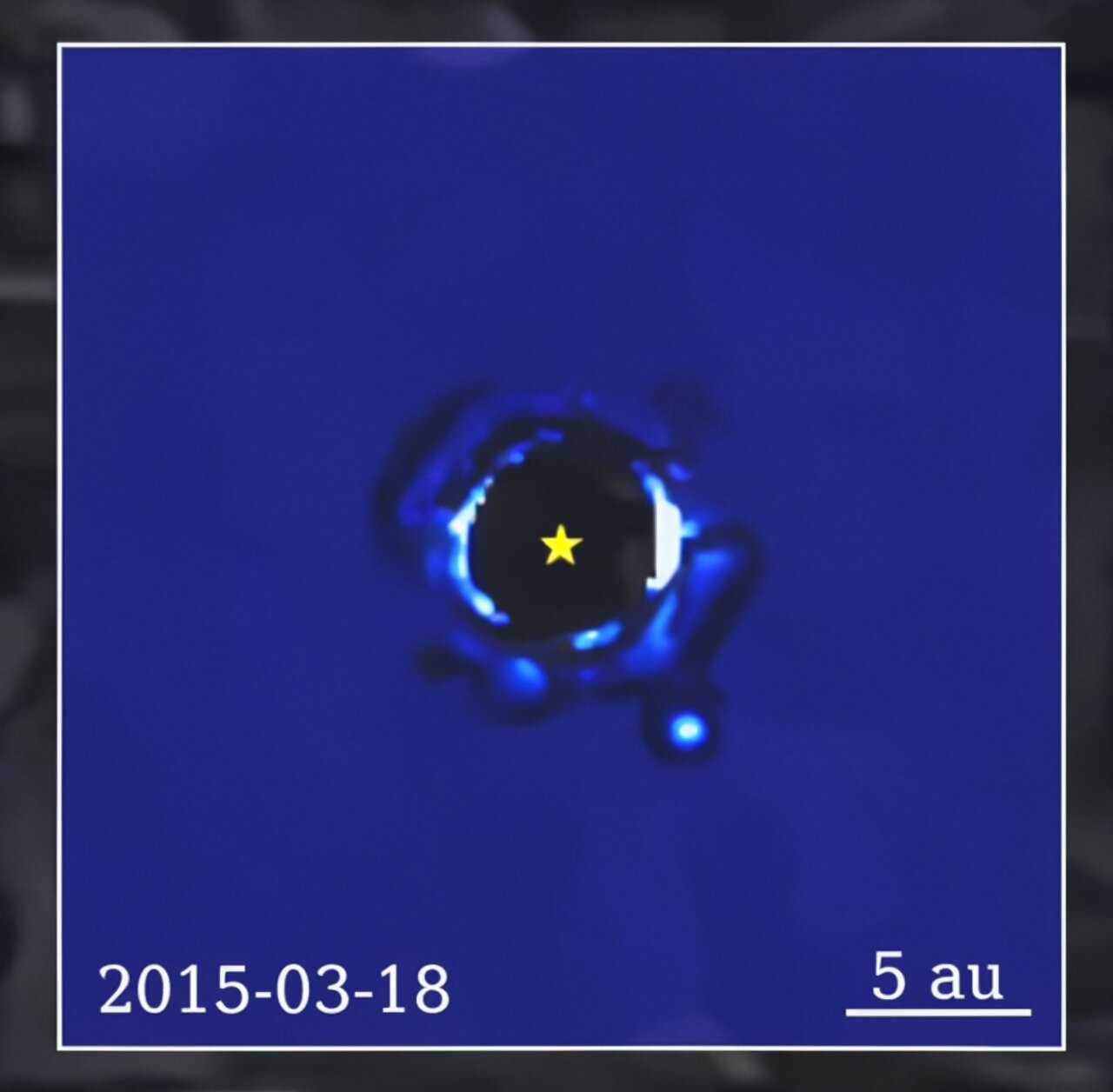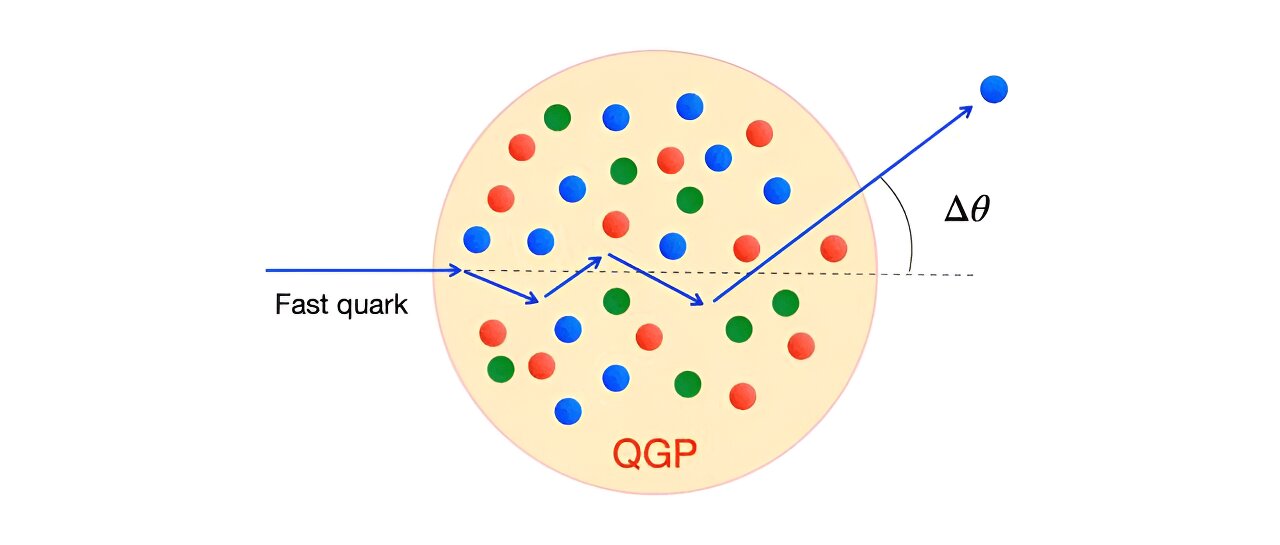When it comes to rare earth elements (REE), there’s a conundrum. These elements are crucial for clean energy, playing a vital role in the production of lightweight, efficient batteries and essential components in wind turbines. However, the conventional extraction methods for REEs raise environmental concerns, from habitat destruction to pollution and high energy consumption.
But fear not, because Penn State researchers have found inspiration under the sea: mussel stickiness. By mimicking the natural glue of mussels, they have developed a new mussel-inspired nanocellulose coating (MINC) that can recover REEs from secondary sources like industrial wastewater without requiring excessive energy.
The team’s work was published on July 31 in ACS Applied Materials and Interfaces and will be featured on the journal’s front cover in September.
Mussels have an incredible ability to stick to surfaces underwater, thanks to the adhesive properties of catechol-based molecules found in mussel proteins. The MINC replicates this by using ultra-tiny hairy cellulose nanocrystals with sticky properties. It is applied to a substrate through dopamine-mediated ad-layer formation, forming a thin layer of molecules that can adhere to various surfaces.
“The MINC approach offers a sustainable and eco-friendly alternative to conventional extraction methods, minimizing the environmental footprint and ensuring the long-term availability of critical elements,” said lead author Amir Sheikhi, assistant professor of chemical engineering and biomedical engineering.
The researchers focused on using MINC to extract neodymium, a critical REE listed by the U.S. Department of Energy due to supply shortages and its importance in sustainable technologies like electric car batteries and wind turbines.
However, neodymium is particularly rare, and extracting it from secondary sources like industrial wastewater recycling can be inefficient and energy-intensive. Conventional extraction techniques involve toxic chemicals like kerosene for purification.
Past methods for rare earth extraction have shown limited efficiency, but the MINC coating acts like a magnet for neodymium, efficiently pulling it out of water even at low concentrations.
“The challenge in extracting neodymium lies in achieving efficient and selective removal at low concentrations,” explained Sheikhi. “The MINC presented in this study offers improved selectivity and capacity for neodymium removal, overcoming limitations of previous methods.”
This selectivity allows MINC to avoid recovering unwanted elements, saving time and energy in the refinement process.
“This research benefits the public and society by increasing the availability of neodymium, a crucial element for clean energy technologies, as well as medical and electronic devices,” Sheikhi added. He also plans to explore how the MINC method can be applied to extract other REEs.
“By providing a sustainable and efficient method for neodymium recovery, this research contributes to the advancement of these technologies and helps address supply shortage concerns. It also opens up possibilities for future REE recovery efforts.”








